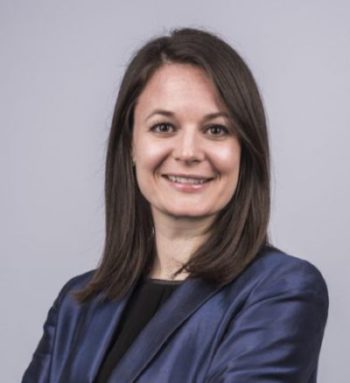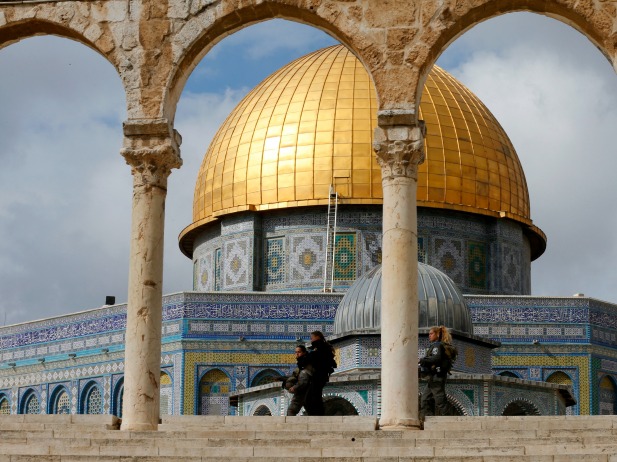By: Ryerson Neal
A seemingly innocuous off-the-cuff remark made last week by Defence Minister Peter McKay inspired a flurry of headlines suggesting that the federal government might be interested in acquiring nuclear-powered submarines for the Royal Canadian Navy. Minister McKay sparked the furor while speaking with reporters about the future of the Navy’s chronically dockyard-bound diesel submarine fleet. His comments on that subject were not particularly revelatory; what intrigued observers most was his lament that “. . . in an ideal world, I know nuclear subs are what’s needed under deep water, deep ice.”
The minister probably did not expect his wishful remark to develop into headlines suggesting that “Canada may buy nuclear submarines.” McKay was quick to clarify the next day: “We don’t live in an ideal world,” he said, “so we’re not considering it.” Nevertheless, the episode demonstrated just how readily even hypothetical talk of acquiring the expensive and controversial submarines can rouse public attention and debate.
The possibility of buying nuclear submarines has surfaced in Canadian defence planning before; the Mulroney government seriously considered the vessels in its 1987 defence white paper. The paper touted nuclear submarines as the optimal vehicle to guard Canadian sovereignty and security in the Arctic—at that time challenged by both American and Soviet patrols. Ultimately, public concern over the cost and potential moral and environmental consequences of such an acquisition effectively laid the idea to rest. The notion faded away as the Cold War ended and threats to sovereignty and security appeared to diminish.
The media was probably rash to interpret McKay’s remark as intent to buy nuclear submarines, but it is perhaps an understandable inference given a growing suspicion that the country’s existing submarines may soon be scrapped. The current fleet consists of four Victoria class submarines, purchased for $750 million over a decade ago as cast-offs from the UK Royal Navy. While the government of the day congratulated itself on what it considered a shrewd deal, the vessels turned out to be lemons; in nearly a decade of service they have spent more time on land than in the water. Limping in and out of dry-dock, the quartet have consumed nearly $1 billion worth of upgrades and repairs, with an estimated $1.3 billion yet to come. By the time all of the submarines become fully operational, they will only have about a quarter of their service life left. Unsurprisingly, it is rumoured that that government will cut the fleet and their losses.
Arguably, submarines are necessary to provide Canada with an important deterrent and surveillance capacity in the Arctic. Nuclear submarines are best-suited for these tasks because, unlike diesel submarines, they can operate under Arctic ice. However, as McKay admitted, prospects for acquiring them are slim. For one, some now insist that under-ice capability is becoming increasingly irrelevant as the annual reach of Arctic ice continues to shrink. Additionally, any nuclear project would draw critics troubled by the possibility of a Kursk-like accident in the remote and ecologically vulnerable North. It is the cost, however, that will ultimately make a nuclear procurement unlikely; currently the US Navy pays $2-3 billion for each of its new Virginia class nuclear attack submarines. For the Canadian government, which has just confirmed an outlay of approximately $34 billion for new fighters and maritime surface vessels, it will be very difficult to find the financial and political capital to justify a nuclear submarine purchase.
After all, that would only be possible in an “ideal” world.
Further Reading: CBC reports Canada may buy nuclear submarines, Government not planning nuclear sub purchase, Analysis of 1987 White Paper by R. Byers, A history of Canada’s interest in nuclear submarines by Adam Lajeunesse, “Nuclear Subs Deserve More Thought” – Edmonton Journal
Disclaimer: Any views or opinions expressed in this article are solely those of the author and do not necessarily represent those of the NATO Council of Canada.


